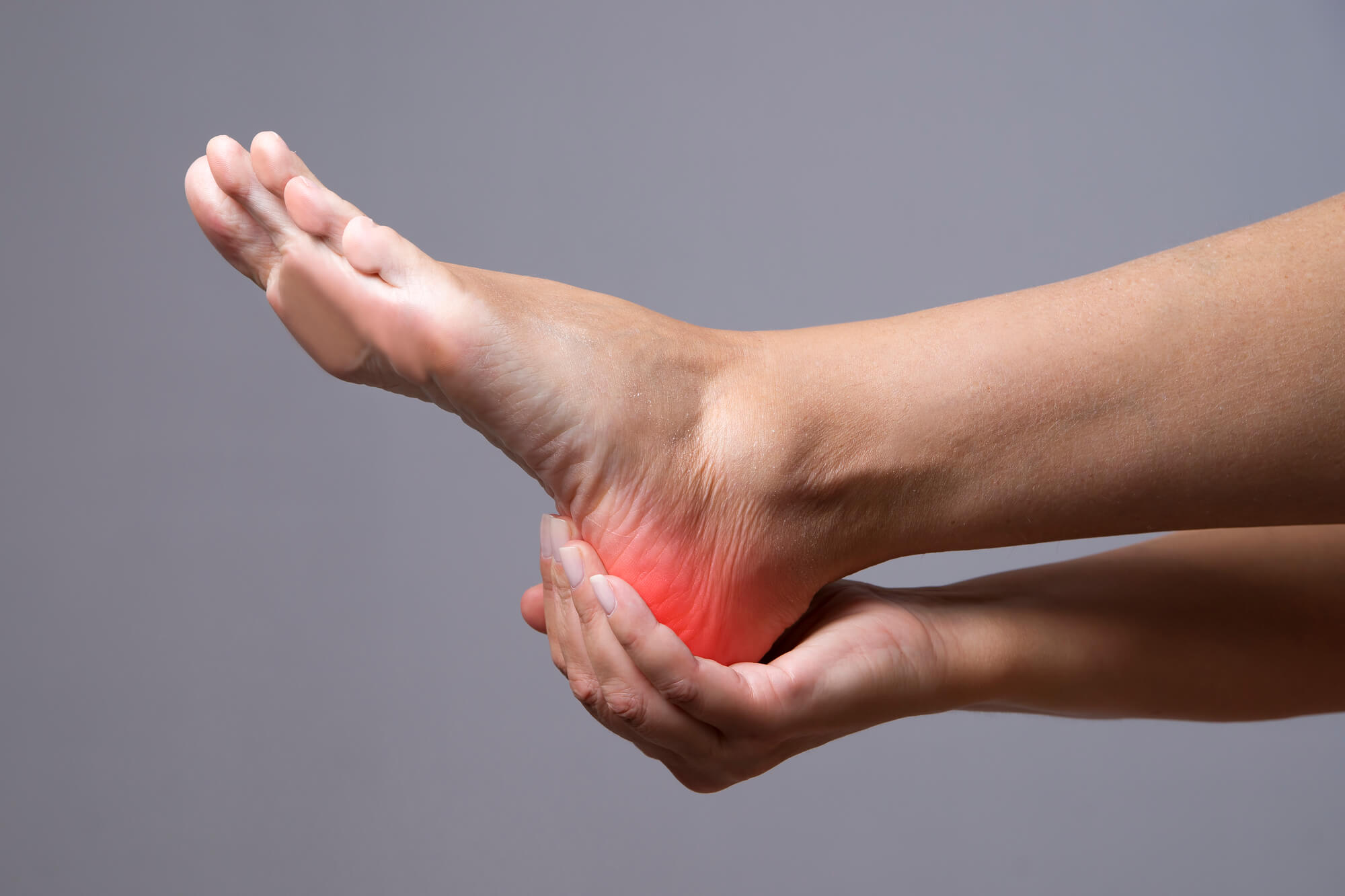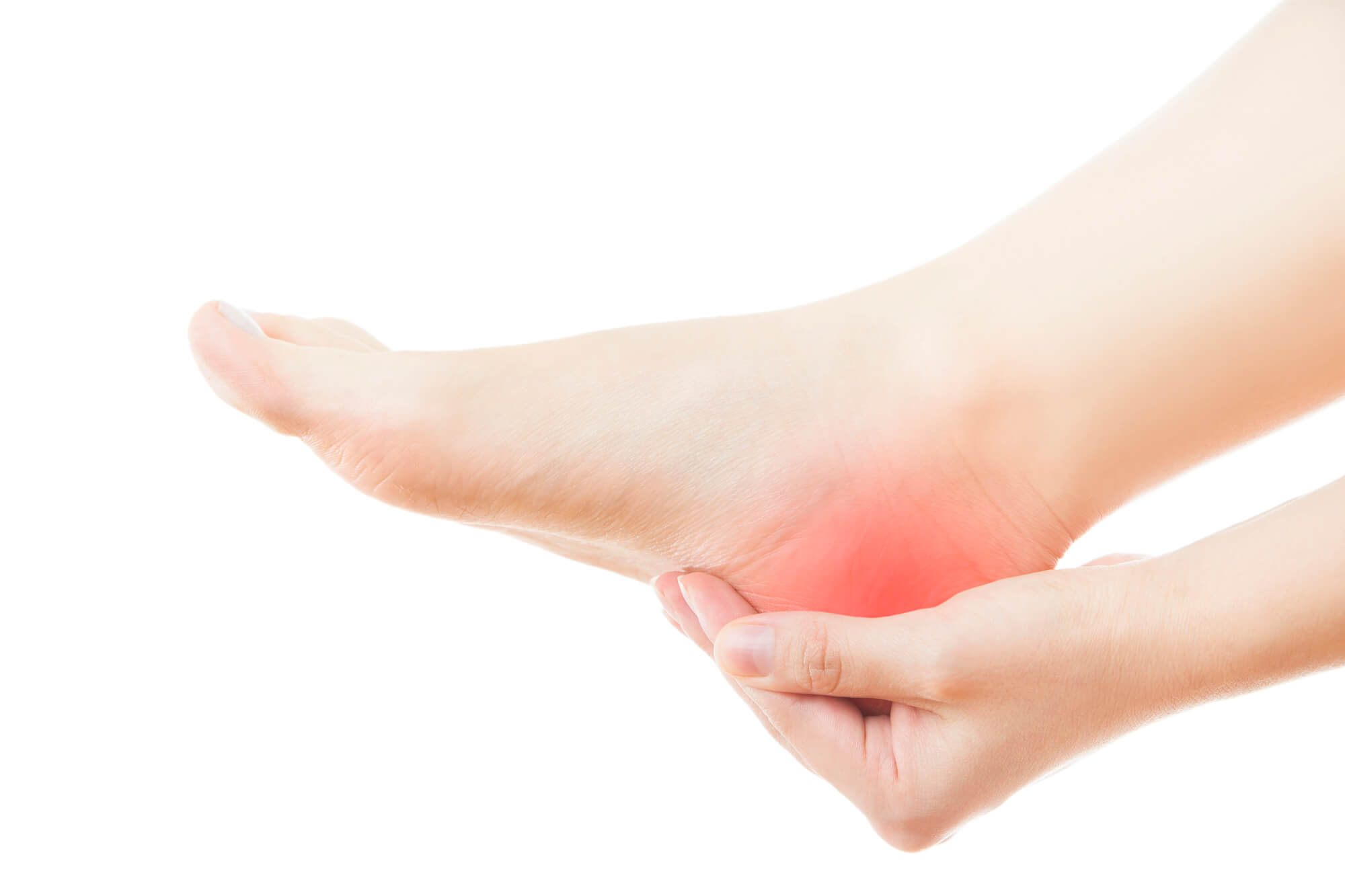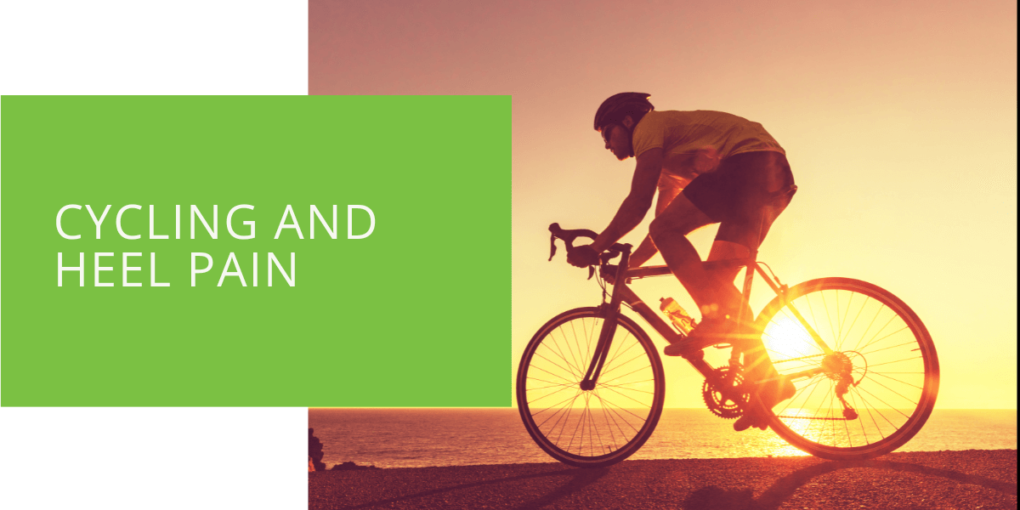Cycling and Heel Pain: Causes, Prevention & Treatment
Cycling is a popular and enjoyable form of exercise and transportation that offers numerous health benefits. However, it can also lead to foot and heel pain if precautions are not taken. This article will explore the common causes of heel pain while cycling, as well as prevention and treatment options to help you keep pedaling comfortably.
Causes of Heel Pain while Cycling
Poor Bike Fit
Poor bike fit is one of the most common causes of heel pain while cycling. If your bike is not properly adjusted to your body, it can lead to strain and discomfort in the feet and heels. Some key factors to consider when fitting your bike include the saddle height, saddle fore-aft position, handlebar height and reach, and cleat position.
Wearing the Wrong Shoes or Pedals
Wearing the wrong shoes or pedals can also contribute to heel pain while cycling. Shoes that are too tight or loose or have a stiff or rigid sole can cause pressure points and rubbing that lead to heel pain. Similarly, pedals that are too hard or slippery or do not allow for proper float can cause heel pain. To avoid these issues, it is important to wear shoes that fit well and have a flexible sole and to choose pedals that offer sufficient float and grip.

Overuse or Training Errors
Overuse or training errors are another common cause of heel pain while cycling. If you increase your training volume or intensity too quickly, or if you do not give your feet and heels enough time to rest and recover, it can lead to strain and inflammation. To prevent these issues, increasing your training gradually and incorporating rest days or low-impact activities into your training schedule is important.
Medical Conditions
Medical conditions such as plantar fasciitis and Achilles tendonitis can cause heel pain while cycling. Plantar fasciitis is a common condition that affects the plantar fascia, a band of tissue that runs along the bottom of the foot from the heel to the toes. It is often caused by overuse, flat feet, or high arches, and it can lead to heel pain and stiffness, especially when walking or standing. Achilles tendonitis is another condition that affects the Achilles tendon, which runs from the heel to the calf muscles. It is often caused by overuse, tight muscles, or improper footwear, leading to heel pain and swelling.

Prevention and Management of Heel Pain
You can take several steps to prevent and manage heel pain while cycling. These include:
- Proper bike fit and equipment: As mentioned above, a properly fitted bike is essential to prevent heel pain while cycling. Adjust your saddle height, fore-aft position, handlebar height and reach, and cleat position to fit your body and riding style. In addition, consider using shoe inserts or orthotics to support your feet and heels, and choose pedals that offer sufficient float and grip.
- Stretching and strengthening exercises: Regular stretching and strengthening exercises can help prevent heel pain and improve your overall cycling performance. Some specific exercises include calf stretches, heel raises, toe stretches and flexion exercises. These exercises can help improve flexibility and strength in the feet and lower legs, reducing the risk of heel pain and injury.
- Gradual increase in training volume and intensity: It is important to gradually increase your training volume and intensity to allow your feet and heels time to adapt and recover. Avoid sudden increases in mileage or intensity, and incorporate rest days or low-impact activities into your training schedule.
- Use of orthotics or other supportive inserts: Orthotics or other supportive inserts can help correct imbalances or abnormalities in the feet and reduce the risk of heel pain and injury. They can be especially helpful for those with flat feet or high arches or those who experience pain or discomfort while cycling.
- Seeking medical help: If you experience persistent or severe heel pain while cycling, it is important to seek medical help from a podiatrist or other medical professional. They can help diagnose the cause of your heel pain and recommend appropriate treatment options.

Treatment Options for Heel Pain
If you experience heel pain while cycling, several treatment options are available to help alleviate the pain and promote healing. These include:
- Rest and ice therapy: Resting and applying ice to the affected area can help reduce inflammation and pain. It is important to avoid activities that exacerbate the pain and allow the heel time to recover.
- Physical therapy or massage: Physical therapy or massage can help improve flexibility, strength, and circulation in the feet and lower legs and reduce the risk of heel pain and injury.
- Medications for pain and inflammation: Non-steroidal anti-inflammatory drugs (NSAIDs) such as ibuprofen or naproxen can help reduce inflammation and pain. However, it is important to follow the recommended dosage and consult a medical professional before taking any medications.
- Orthotic devices or shoe modifications: Orthotic devices or shoe modifications can help correct imbalances or abnormalities in the feet and reduce the risk of heel pain and injury. They can be especially helpful for those with flat feet or high arches, or those who experience pain or discomfort while cycling.
- Surgery: In rare cases, surgery may be necessary to treat severe or persistent heel pain. This may include procedures to release the plantar fascia or Achilles tendon or to remove bone spurs or other abnormalities. It is important to discuss surgery's potential risks and benefits with a medical professional before deciding on this course of treatment.
Conclusion
Heel pain is a common complaint among cyclists, but it can often be prevented or managed with proper bike fit, footwear, and training techniques. If you experience heel pain while cycling, it is important to address it early to prevent further damage and ensure you can continue enjoying this activity. If the pain persists or is severe, it is recommended to seek professional help from a podiatrist or other medical professional. Don't let heel pain stop you from cycling – with the right precautions and treatment, and you can get back on the saddle and keep pedaling comfortably.

